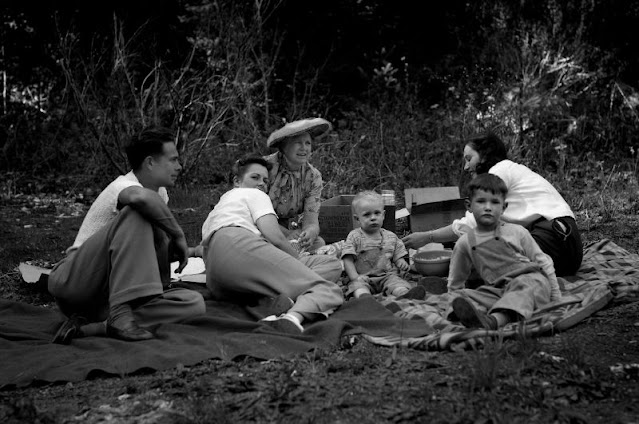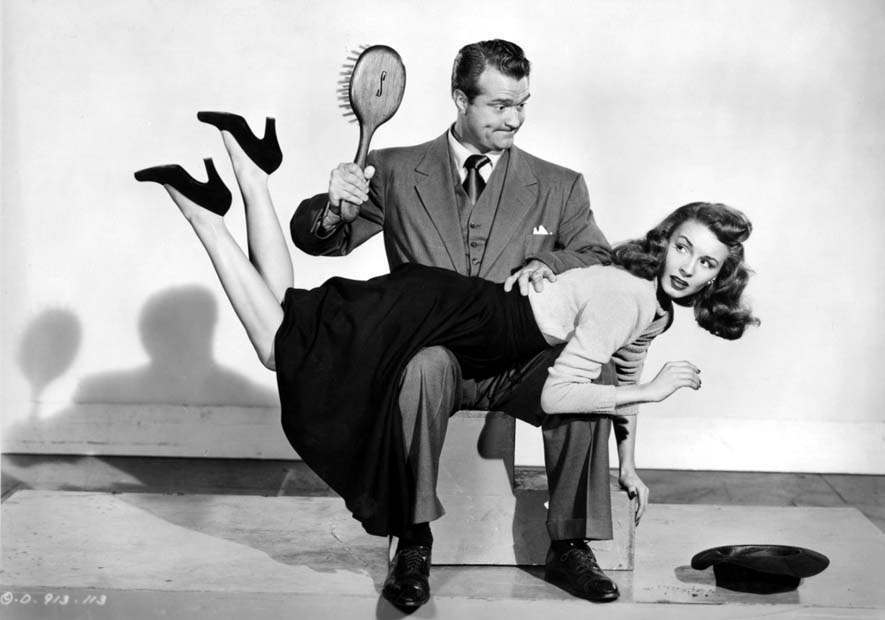The Límbó (Limmm-Bó) is a unique dance and is also known as the “Under Stick Dance.” The limbo dance, originally a ritual performed at ‘wakes’ in Trinidad from the mid or late 19th century, does not appear to have any roots in West Africa where most African traditions within the diaspora have emerged.

It is believe, that the people of Trinidad during this dance portrayed going down in the hold of a slave ship which carried them off into slavery. No matter how they twist or turn squirmed or arched they would go deeper and deeper, some would make it, some would not. The dextrous position had to be retained because the space between the upper deck and floor was narrow, designed for packing and not standing, hence it asically they were going into Limbo.

The dance was popularized in the 1950s by dance pioneer Julia Edwards (known as the First Lady of Limbo) and her company which appeared in several films, in particular Fire Down Below (1957), and toured widely in the Caribbean, Europe, North America, South America, Asia, and Africa in the 1960s and later. Here, below are some interesting photographs of young women doing the limbo dance at a Los Angeles night club in 1964:

The Límbó (Limmm-Bó) is a unique dance and is also known as the “Under Stick Dance.” The limbo dance, originally a ritual performed at ‘wakes’ in Trinidad from the mid or late 19th century, does not appear to have any roots in West Africa where most African traditions within the diaspora have emerged.

The Límbó (Limmm-Bó) is a unique dance and is also known as the “Under Stick Dance.” The limbo dance, originally a ritual performed at ‘wakes’ in Trinidad from the mid or late 19th century, does not appear to have any roots in West Africa where most African traditions within the diaspora have emerged.

The Límbó (Limmm-Bó) is a unique dance and is also known as the “Under Stick Dance.” The limbo dance, originally a ritual performed at ‘wakes’ in Trinidad from the mid or late 19th century, does not appear to have any roots in West Africa where most African traditions within the diaspora have emerged.


![What American [Woman's] Look Looked Like, 1945 What American [Woman's] Look Looked Like, 1945](https://i-1.cybergalleria.com/uploads/system/2024/01/836_-1705510828-1706702012.png)

